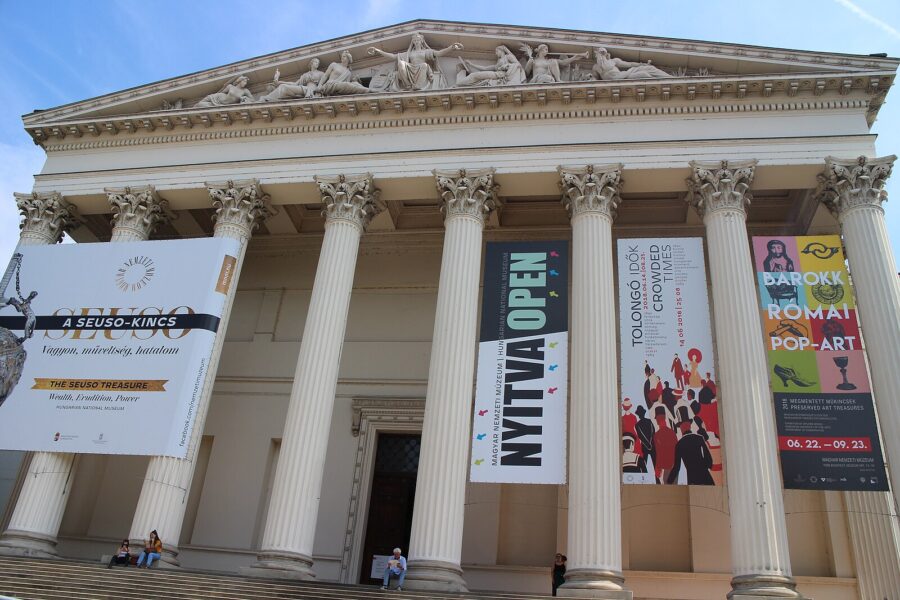
In 2021, Hungary’s parliament passed a controversial anti-LGBTQ+ law reminiscent of the UK’s Section 28 from the 1980s, at the height of the moral panic around HIV/AIDS. Viktor Órban’s Fidesz party, as part of its continued escalation of homophobic rhetoric that has made Hungary one of the worst places in Europe to be LGBTQ+, banned the “promotion of homosexuality” to minors.
Surprisingly, however, one of Órban’s own MPs has now been sacked as a result of the law. On 6th November, the Hungarian government dismissed László Simon (a former secretary of state for culture and current Fidesz MP) from his post as director of Budapest’s National Museum, after his museum allowed under-18s to visit a World Press Photo exhibition featuring images of LGBTQ+ people. In a twist of irony, Simon himself had voted for the anti-LGBTQ+ law in 2021 that has now seen him sacked.
The museum had included a warning on its website calling on under-18s not to attend the exhibition, but affirmed that it would not perform ID checks on those attending. This has fuelled something of a civil war within Hungary’s right-wing parties, as Simon took to Facebook to sarcastically thank Dóra Dúró, vice-president of far-right party Mi Hazánk which forced a government review into the museum.
The controversial content in question is the ‘Home for the Golden Gays’ photography project by Hannah Reyes Morales, documenting the inhabitants of a community-run care home for LGBTQ+ residents in the Philippines. The images are not explicit or offensive, described by World Press Photo’s executive director as “a thoughtful and honest record of the lives of a community of older LGBTQ+ people.”
The images are not explicit or offensive, described by World Press Photo’s executive director as “a thoughtful and honest record of the lives of a community of older LGBTQ+ people”
This controversy underlines the wider threats to the LGBTQ+ community across Europe. Although Poland’s recent elections ousted the homophobic Law and Justice government that even set up ‘LGBT-free zones’, other countries have seen a tightening of anti-LGBTQ+ attitudes. Hungary is one of the most egregious examples, but western European states are not far behind – Italy’s Prime Minister Giorgia Meloni has eroded the parental rights of same-sex couples, whilst here in the UK the government has repeatedly failed to deliver on a pledge to outlaw conversion therapy.
For the radical right of European politics, Hungary has become something of a trendsetter – where Órban has led, others, such as Meloni’s government in Italy or even the British government, have followed. What appears as a mere museum controversy in Hungary could have ramifications for the rest of Europe, as governments continue to push the boundaries of anti-LGBTQ+ rhetoric.


